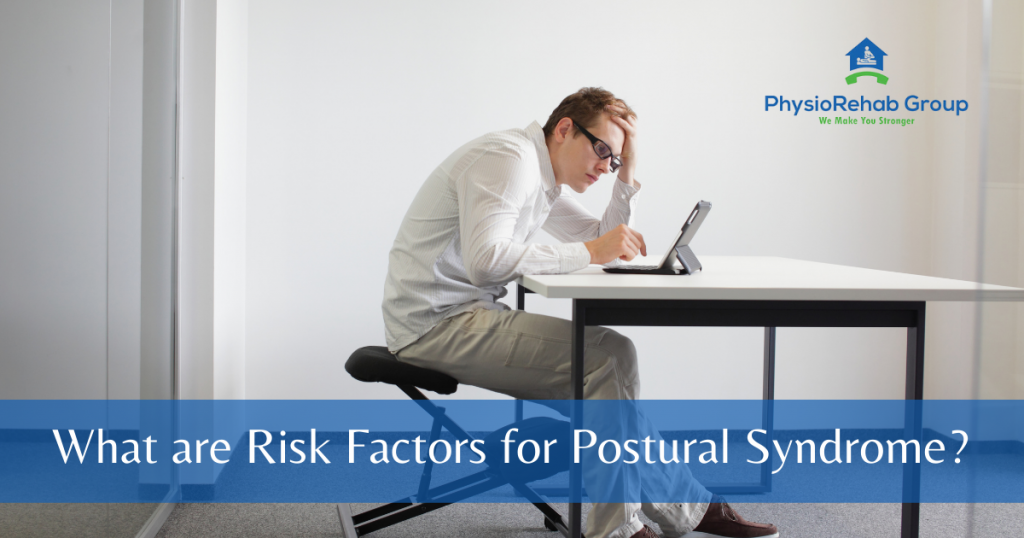What are some Risk Factors for Postural Syndrome?

A good posture is more than just standing upright to look your best. It is important for well-being in the long-run to prevent pain, injuries and dull ache in the neck. The key to a good posture is the spine. The spine has three curves – at the neck, mid & upper back, and lower back. A correct posture would have all these. But, if the spine is positioned in an unnatural position, the person is said to have a Postural Syndrome or in common words a poor posture.
Many people suffer from poor posture simply because they don’t pay attention to it. Although a poor posture might look different on different people, it is associated with forward head posture where the head and neck lie in front of the trunk. Forward head posture often goes hand in hand with a protruding chin, rounded shoulders and increased curvature in the upper back.
Who are at a greater risk?
People spending a lot of time in one specific position are at the highest risk of developing postural dysfunction. Particularly those individuals who spend a great deal of time focusing on something in front of them or below their line of vision such as people that sit in front of a computer, spend hours reading, studying or driving. This also includes individuals who spend hours browsing on their tablets and/or smartphones. In addition, everyday activities that require both arms to be working in front of the body, such as cooking, cleaning and gardening to name a few, can also be particularly taxing on our posture.
Treatment for Postural Syndrome
The combination of corrective exercises, manual therapies, some lifestyle changes and ergonomic adjustments can improve postural imbalances.
An individual is expected to make changes in strength, endurance and muscle flexibility which might take some time and commitment to a regular exercise program.
A Skilled physiotherapist at PhysioRehab Group can help develop a customized treatment program that will be targeted to your specific problem.


Recent Comments